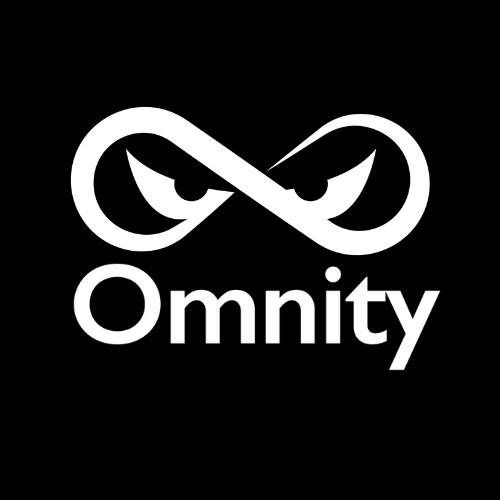Audio Presented by

Omnity Network builds trustless, open-source, Bitcoin infrastructure tooling for interoperable programmability.
Story's Credibility



About Author
Omnity Network builds trustless, open-source, Bitcoin infrastructure tooling for interoperable programmability.
Comments
TOPICS
Related Stories
10 Essential Essays on Bitcoin
Aug 07, 2020